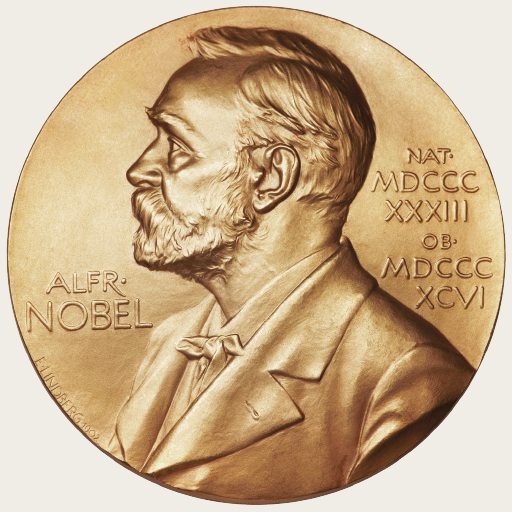- Home
- Cambridge University Press
- News
- Press author and Cambridge academic awarded 2017 Nobel Prize for Chemistry
Press author and Cambridge academic awarded 2017 Nobel Prize for Chemistry

The 2017 Nobel Prize for Chemistry has been jointly awarded to Joachim Frank, editor of Molecular Machines in Biology published by Cambridge University Press in 2012, Jacques Dubochet and Richard Henderson “for developing cryo-electron microscopy (Cryo-EM) for the high-resolution structure determination of biomolecules in solution”. This technique makes it possible for life's molecular building blocks to be captured mid-movement and allows scientists to visualise processes in our cells that have never before been seen.
Joachim Frank, who previously worked at Cambridge’s Cavendish Laboratory, is currently Professor of Biochemistry and Molecular Biophysics, and of Biological Sciences, at Columbia University in New York. Richard Henderson is a Group Leader at the Medical Research Council’s Laboratory of Molecular Biology (LMB) in Cambridge and Jacques Dubochet is Emeritus Professor at the University of Lausanne, Switzerland.
Professor Ben Luisi, from Cambridge's Department of Biochemistry, explained that their research allows a “deeper understanding of how biological molecules recognise each other to form complex organisations, how they make and break chemical bonds, how they work like motors, and how they communicate information through structural change”.
As the BBC reported, Cryo-EM has been used to capture images of Salmonella's "injection needle" for attacking cells, proteins involved in antibiotic resistance and the molecular structures governing circadian rhythm - the subject of this year's Nobel Prize in Physiology or Medicine. When researchers first suspected that the Zika virus was causing the microcephaly seen in newborns in Brazil, they turned to Cryo-EM to visualise the virus. Within a few months, 3-D images of the virus were produced and researchers could start searching for potential drug targets.
The LMB, where Richard Henderson carries out his research here in Cambridge, has been nicknamed ‘The Nobel Prize Factory’, with 11 LMB Nobel prizes shared amongst 15 individuals, including Francis Crick and Jim Watson in 1962 for their discovery of the structure of DNA.
Cambridge University Press has recently published the biographies of two of these LMB Nobel laureates; Sir Aaron Klug and Fred Sanger, who was one of only four scientists (and the only British scientist) ever to have earned two Nobel Prizes. In 2014, the Press published Fred Sanger – Double Nobel Laureate: A Biography and earlier this year we published Aaron Klug – A Long Way from Durban, which was launched at a reception hosted by the LMB.
Read more about award winners at the Press here.
http://www.bbc.co.uk/news/science-environment-41495621
Inside the Nobel Prize Factory. Steve Connor. The Independent on Sunday, 13 October 2002)http://www.independent.co.uk/news/science/inside-the-nobel-prize-factory-139859.html


Have your say
Post